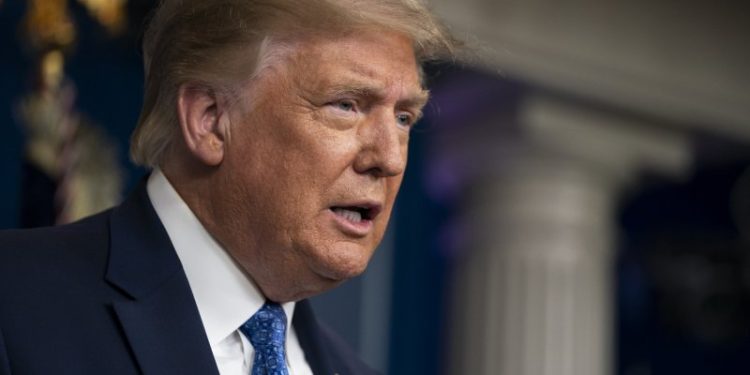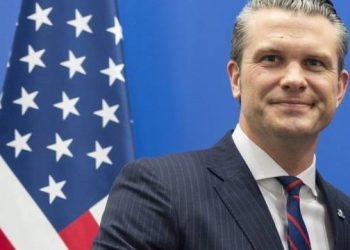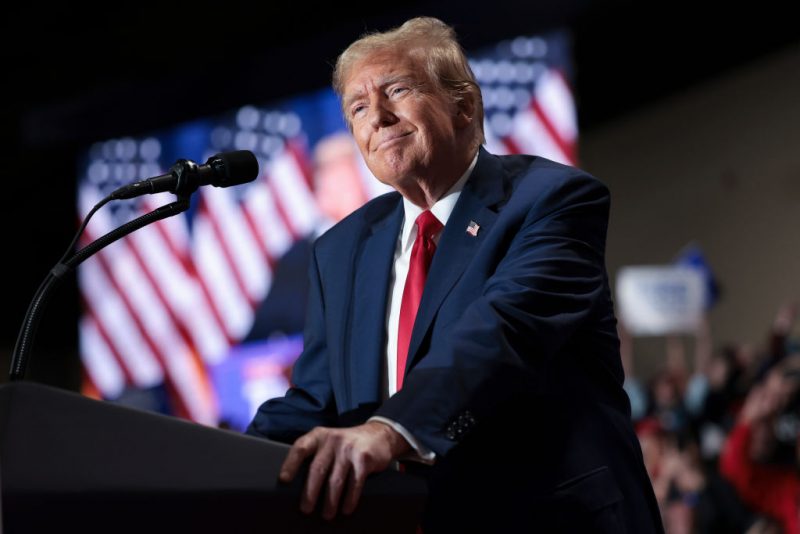“America’s golden age begins now,” President Donald Trump proclaimed Monday. Contrast this with his first inaugural speech, which described “American carnage.” This time, he promises a renaissance.
Proclamations alone won’t suffice. Wealth, innovation, growth, and power result from policies. Get the politics right, and the nation prospers; make the wrong moves, and decline follows.
This is why Trump’s executive orders are significant. On critical issues like energy, regulation, and technology, they suggest he understands the necessary formula for success.
A Structure of National Power
Think of national power as a structure:
• Foundation: Politics and public policy.
• First Floor: Energy supply.
• Second Floor: Economic activity—innovation, work, and growth.
• Roof: Advanced technology—supercomputers, drones, and space exploration vehicles.
Each level relies on the one below. Sound policy maximizes the energy supply. Bountiful energy powers economic growth. A thriving economy fosters innovation. Cutting-edge technology extends geopolitical influence.
Europe serves as a cautionary tale. Its leadership prioritizes stability and redistribution over productivity and innovation. Climate policies have reduced energy production, leaving the continent dependent on Russian resources. Only one of the world’s 25 largest companies is based in Europe, and its defense relies heavily on NATO, led by the U.S.
Key Questions for a Nation’s Success
• Does the political system encourage freedom of thought, speech, and enterprise?
• Is status earned through merit, not group identity?
• Does the society embrace advanced technology as an advantage?
• Is there national pride and a sense of purpose?
History offers examples of once-great powers that failed. Over time, bureaucracies expanded, stifling individual initiative and innovation. Governments overextended militarily and fiscally, leading to stagnation. National confidence eroded, and the golden age ended.
America, despite challenges, retains advantages: a constitutional tradition, abundant resources, individualism, technological edge, and military strength. However, under President Biden, the nation trended toward European-style policies—embracing bureaucracy, DEI, and regulatory overreach. Energy production was restricted, spending fueled inflation, and policies like electric vehicle mandates failed to resonate with consumers. Meanwhile, global threats grew in Ukraine, Israel, and China.
Trump’s Response
President Trump began his second term by repealing dozens of Biden-era executive orders, removing barriers to energy development, reducing bureaucratic mandates, and championing artificial intelligence.
Notable actions include:
• Declaring a national energy emergency.
• Opening Alaskan oil and gas development.
• Pausing offshore wind projects.
• Withdrawing from the Paris Climate Accord.
These measures lay the groundwork for new energy secretary Chris Wright and interior secretary Doug Burgum to restore energy independence. Trump also issued a federal hiring and regulatory freeze to clear unnecessary bureaucratic growth. His executive order addressing the cost of living tasked housing secretary Scott Turner with increasing housing supply.
The overarching theory is clear: unleash energy, stimulate the economy, lower costs, and restore America’s technological and military dominance.
The Path Forward
Policy succeeds only with strong execution. Trump’s instincts on energy, regulation, and innovation are on target, but overcoming internal resistance remains a challenge. While his administration is better staffed in its second term, pitfalls—such as tariffs, industrial policy, and union pandering—must be avoided.
Executive orders signal progress, but they are inherently temporary. To ensure lasting change, legislation must follow. As Continetti notes, “The pen is mighty. But legislation endures.”
 Telegram is where we really talk. Don't miss out!
Telegram is where we really talk. Don't miss out!








